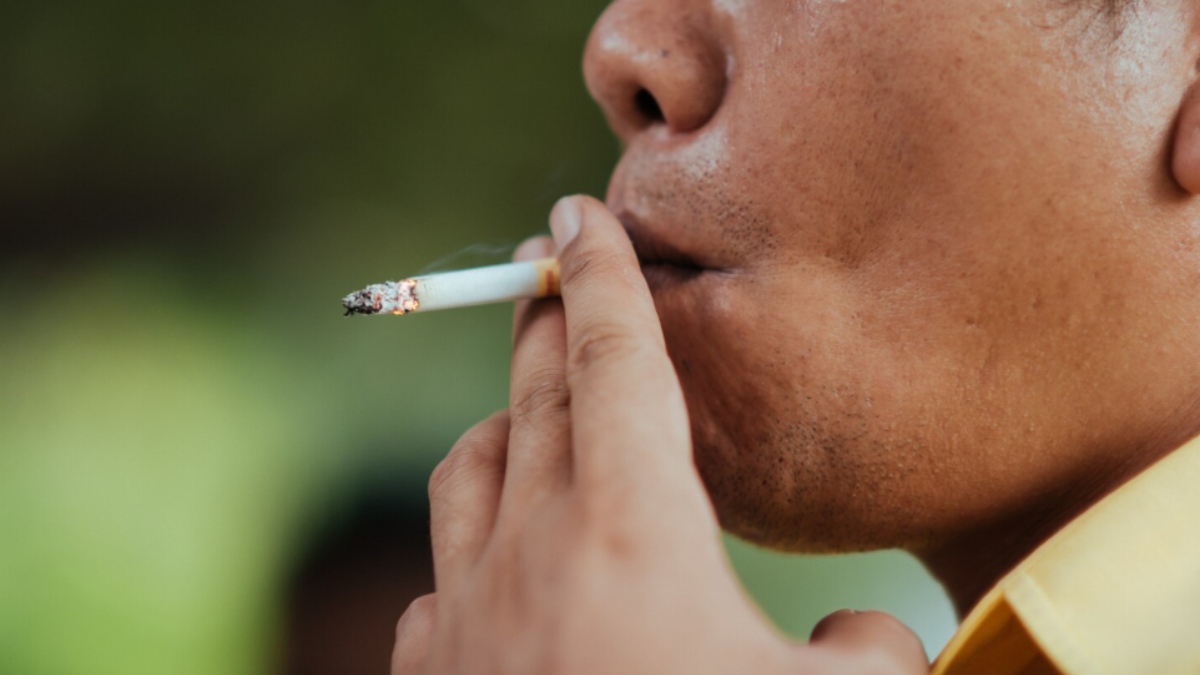
India's Smoking Rates: A Global Perspective
A recent report by the World of Statistics has shed light on a serious issue regarding smoking among men globally, particularly in India. The report reveals that 42% of men in India smoke cigarettes, positioning the country 13th in the global rankings for male smoking rates. This statistic is alarming and highlights the cultural significance of smoking in India, especially when compared to countries like Indonesia and Myanmar, where rates soar to 70.5% and 70.2%, respectively.
The report indicates a troubling trend across Asia, where several countries show a high prevalence of smoking among men. Nations such as Bangladesh (60.6%), Chile (49.2%), and China (47.7%) further illustrate the region's dominance on the global smoking map. Interestingly, India’s smoking rate surpasses that of many developed nations, including France (36%), South Korea (38.2%), and the UAE (35.6%), which have adopted effective anti-tobacco measures.
Experts point out that India's smoking problem involves more than just cigarettes. Other forms of tobacco like bidis and chewing tobacco are prevalent and present additional health risks. While India has implemented anti-tobacco laws and launched public education campaigns, the high statistics indicate a pressing need for improved grassroots interventions, especially in rural and lower socio-economic status (SES) areas.
The takeaway from this report is clear: while many Western countries are successfully reducing cigarette consumption, India continues to grapple with the challenges of nicotine addiction. Without stronger preventive measures and increased awareness, the nation could face rising rates of serious health issues, including cancer, heart disease, and respiratory illnesses related to tobacco use.
In conclusion, addressing the smoking epidemic in India requires a multifaceted approach that goes beyond mere legislation. It necessitates a cultural shift, increased public education, and targeted interventions that resonate with the diverse population of India. Only then can the country hope to tackle the pressing health risks posed by tobacco use effectively.











